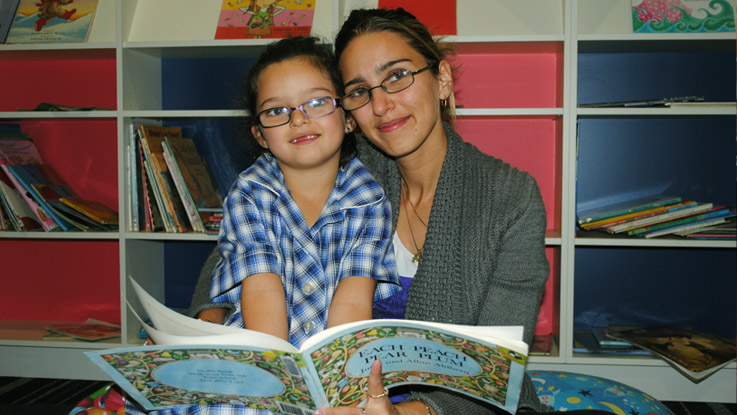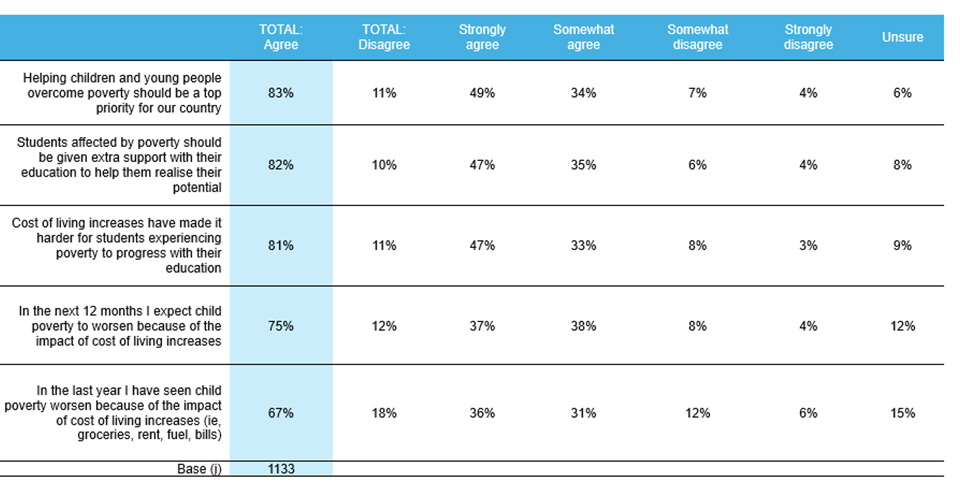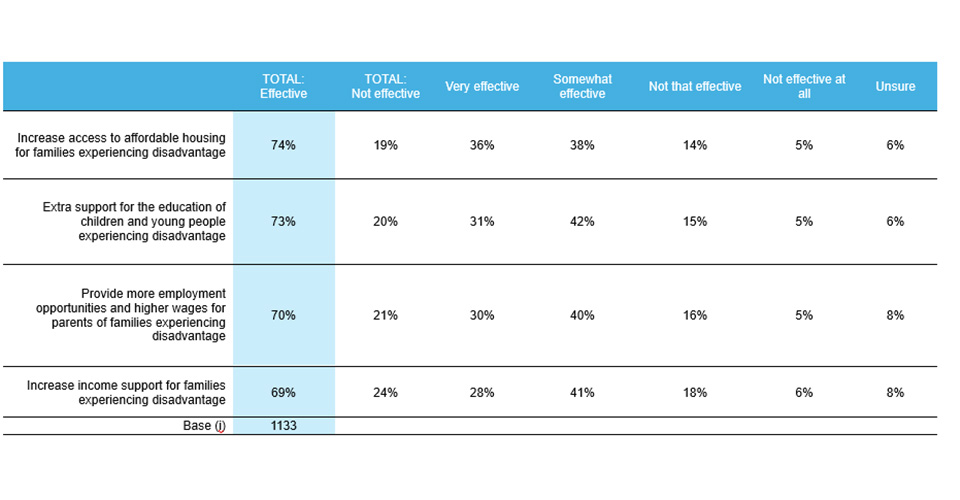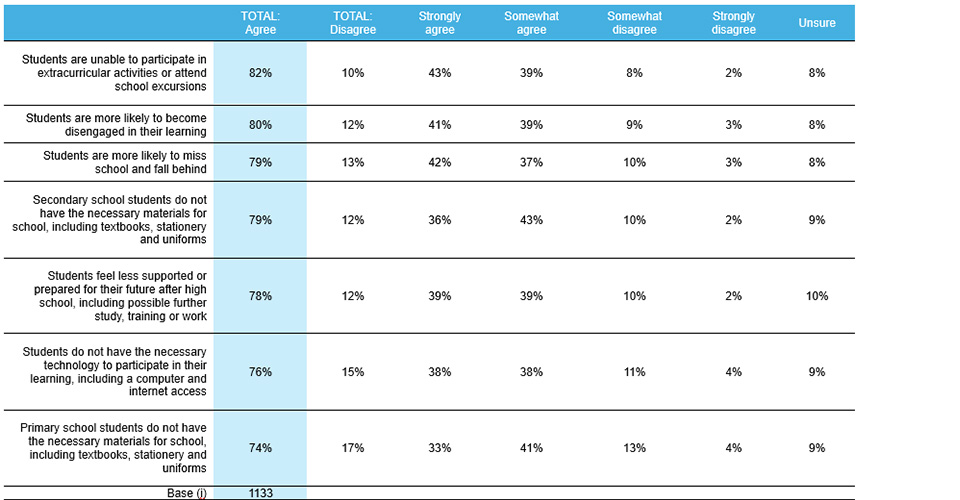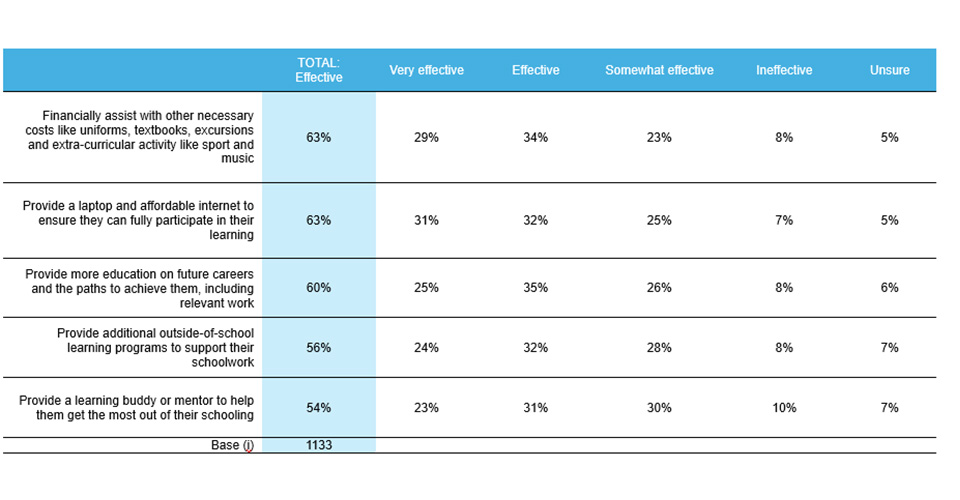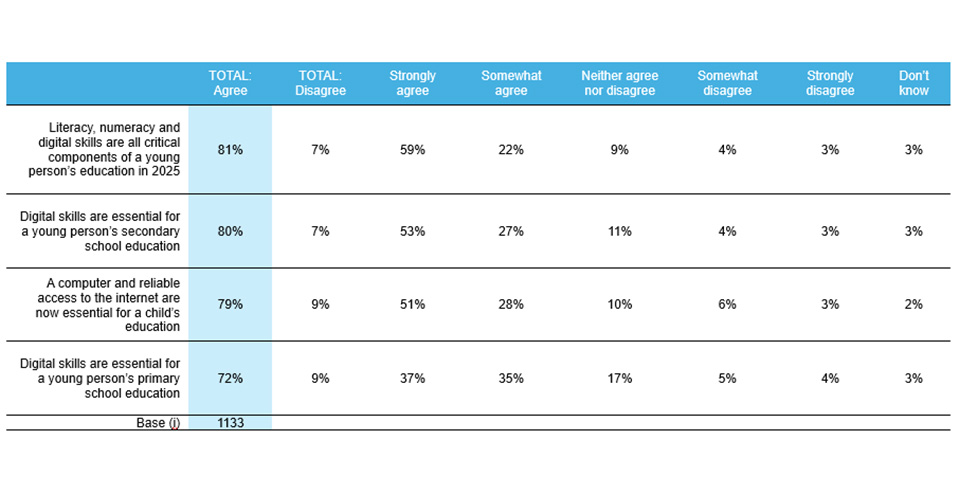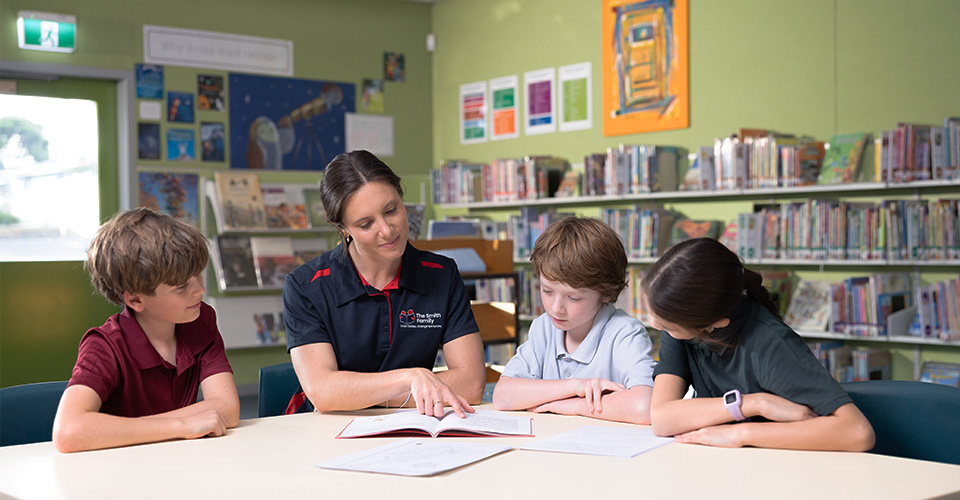The Smith Family believes in a world where every child is empowered to change their future, and education is the most powerful agent to support that change.
The Smith Family supports the education of children and families experiencing disadvantage by offering access to a range of proven out-of-school education and mentoring programs. These start in the early years (
Let’s Count, Let’s Read) and, through the
Learning for Life sponsorship program, go right through to tertiary education and the transition into the workforce (
Growing Careers Project).
Along the way they can access reading support programs like
student2student, explore the world of work through
Work Inspiration, learn about the world of work through the Growing Careers Project, or develop their passion for the arts on the
SmArts program.
Support through The Smith Family also helps families afford the necessities their children need to make the most of their education. This means that families don’t have to make a choice between paying for things like food or rent and buying the uniforms and schoolbooks that are needed for a child to thrive at school.
Financial support has become even more important as computers and digital access have become essential tools in any child’s education.
How can you get involved? You can make a
donation, become a
regular giver or
sponsor a student on the Learning for Life program. Your generous support will help a child learn today, so they can create their own futures.
